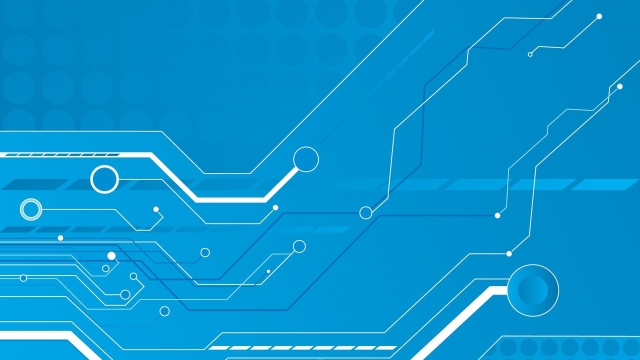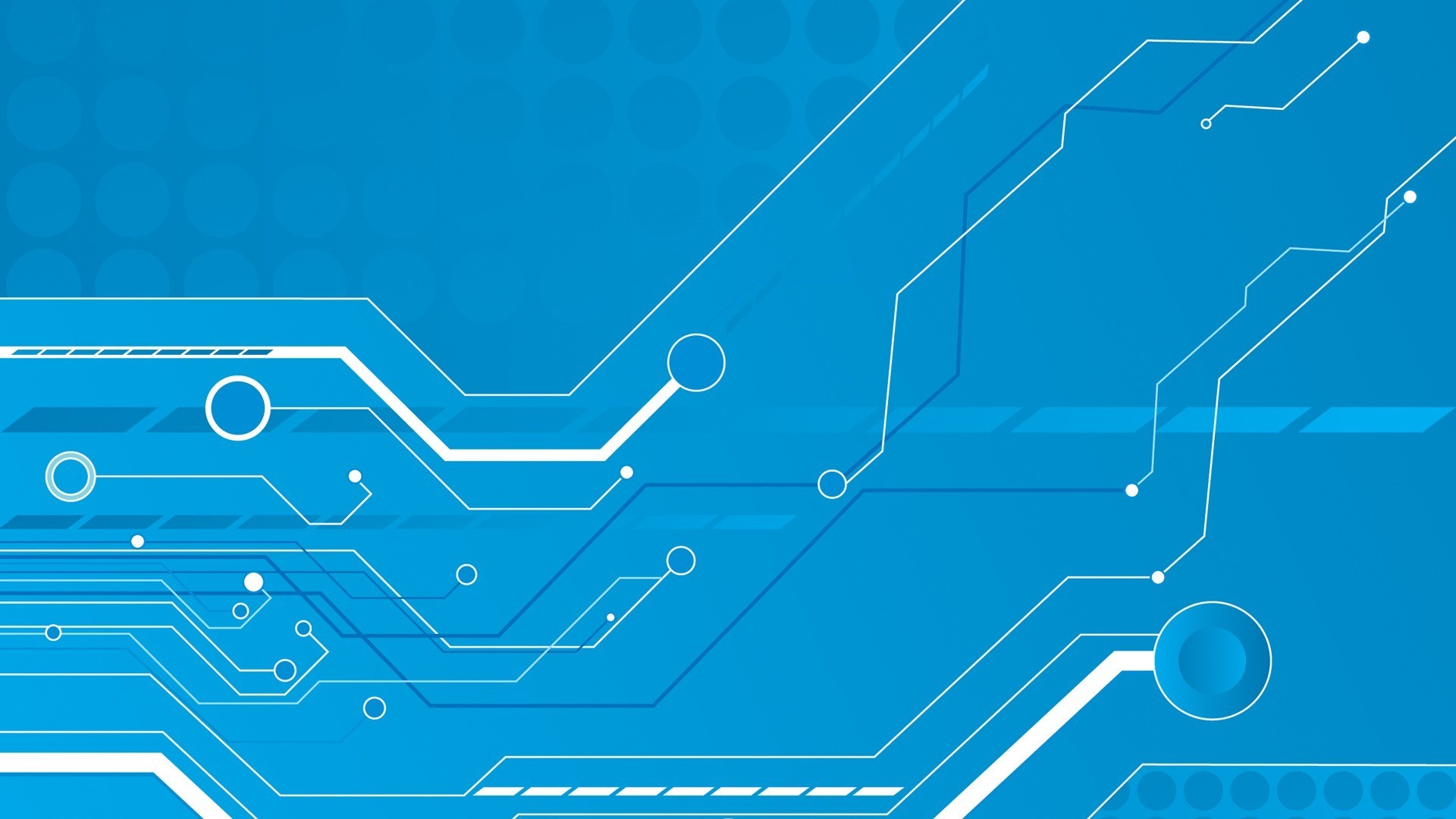
Unlocking the Enigma: The Fascinating World of Deepfake Technology

Deepfake technology has taken the world by storm, sparking both curiosity and concern. With its ability to create highly realistic fake videos and images, this cutting-edge technology has captivated the imagination of many. But what exactly is deepfake technology, and how does it work?
At its core, deepfake technology utilizes artificial intelligence and machine learning algorithms to manipulate or synthesize media content, often replacing one person’s face with another’s. The term "deepfake" itself is a combination of "deep learning" and "fake," highlighting its reliance on deep neural networks to achieve convincing results. This groundbreaking technology has the power to seamlessly blend a person’s face into preexisting footage, creating the illusion that they were part of the original scene.
While deepfakes have gained notoriety for their potential to spread misinformation and deceive, there are also positive applications. The entertainment industry, for instance, has embraced deepfake technology as a means to bring deceased actors back to the screen or to seamlessly age actors in their roles. Additionally, researchers and developers are actively exploring ways to utilize deepfake technology for art, storytelling, and even historical preservation.
Despite its tremendous potential, deepfake technology comes with its own set of ethical and social challenges. The ease with which one can now manipulate and fabricate videos raises concerns about trust, authenticity, and privacy. With just a few clicks, anyone can create a convincing deepfake, blurring the line between what is real and what is fake. As society grapples with these implications, policymakers and tech companies are racing to find ways to detect and mitigate the harmful effects of deepfake technology.
Join us as we delve into the captivating world of deepfakes, exploring the technology’s origins, its present capabilities, and the ongoing efforts to understand and address its impact on our lives. From viral deepfake videos to potential solutions, this article aims to shed light on this increasingly complex and enigmatic field. Welcome to the intriguing world of deepfake technology.
Understanding Deepfake Technology
Deepfake technology is a rapidly advancing field that is revolutionizing the world of multimedia. Through sophisticated algorithms and artificial intelligence, deepfakes have the ability to manipulate and alter visual and audio content, creating remarkably realistic yet fabricated media. With deepfake technology, individuals can now convincingly swap faces, mimic voices, and even generate entirely fictional scenarios.
One of the core techniques used in deepfake technology is known as generative adversarial networks (GANs). GANs consist of two distinct components: a generator and a discriminator. The generator is responsible for creating deepfake content by learning from existing data, while the discriminator’s role is to determine the authenticity of the generated content. Through an iterative process, these two components work together, continuously improving and refining the deepfakes produced.
The implications of deepfake technology are both intriguing and alarming. On one hand, deepfakes have the potential to greatly enhance the entertainment industry by enabling filmmakers to seamlessly depict fictional worlds and characters. Additionally, deepfakes can be utilized for educational purposes, providing students with realistic simulations and training scenarios. However, the misuse of deepfakes poses serious risks. Deepfakes have already been used to spread misinformation, manipulate public opinion, and even perpetrate identity theft and fraud. As deepfake technology advances, it becomes increasingly important to critically analyze and develop safeguards against its potential harms.
Applications of Deepfake Technology
The advancements in deepfake technology have paved the way for a multitude of intriguing applications. From the realm of entertainment to personal expression, here are some of the innovative uses of deepfake technology:
Film and Television:
Deepfake technology has greatly impacted the film and television industry. Filmmakers can now seamlessly integrate real-life actors into scenes or create digital characters with uncanny resemblance to their human counterparts using deepfake techniques. This has opened up new possibilities for storytelling and visual effects, captivating audiences with realistic and immersive experiences.
Face SwapDigital Art and Animation:
Deepfake technology has also found its place in the world of digital art and animation. Artists and animators can now use this technology to bring their visions to life by creating incredibly lifelike characters and animations. By manipulating and synthesizing existing footage or images, deepfake technology has revolutionized the creative process, leading to stunning and realistic results.Public Awareness Campaigns:
Deepfake technology can be harnessed for public awareness campaigns, allowing organizations to effectively deliver important messages to the masses. By using deepfake technology to simulate real-life scenarios or individuals, these campaigns can create powerful and memorable experiences that resonate with the audience. Whether it’s raising awareness about social issues or demonstrating the potential impact of certain behaviors, deepfake technology offers a creative tool for impactful messaging.
Deepfake technology continues to evolve, pushing the boundaries of what is possible in various fields. These are just a few examples of how this technology is being utilized, showing its potential for creativity, entertainment, and communication.
Ethical Implications of Deepfake Technology
Deepfake technology has raised significant concerns regarding its ethical implications. The ability to manipulate or fabricate audio and video content with such precision has created a range of ethical dilemmas that society must grapple with.
One of the foremost concerns surrounding deepfake technology is its potential for misuse and deception. The ease with which individuals can use this technology raises questions about its impact on public trust, as it becomes increasingly difficult to discern what is real and what is not. For instance, malicious actors could create deepfake videos of public figures engaging in illegal or scandalous activities, leading to false accusations or damage to their reputation.
Another area of concern is the invasion of privacy. Deepfake technology has the potential to violate the privacy of individuals by superimposing their faces onto explicit or compromising scenes without their consent. This intrusion not only causes emotional distress but also exposes individuals to potential harm, such as extortion or blackmail.
Moreover, deepfake technology also poses a threat to democracy. By enabling the manipulation of information, it becomes easier to spread false narratives, influence public opinion, and undermine the credibility of news sources. This technology amplifies the already existing issue of misinformation, making it even more difficult for people to distinguish between truth and falsity.
In conclusion, the ethical implications of deepfake technology are far-reaching. The potential for deception, invasion of privacy, and erosion of truth have raised concerns about its impact on individuals, society, and democratic processes. As this technology continues to evolve, it is crucial for us to address these ethical challenges and find ways to mitigate their negative consequences.

